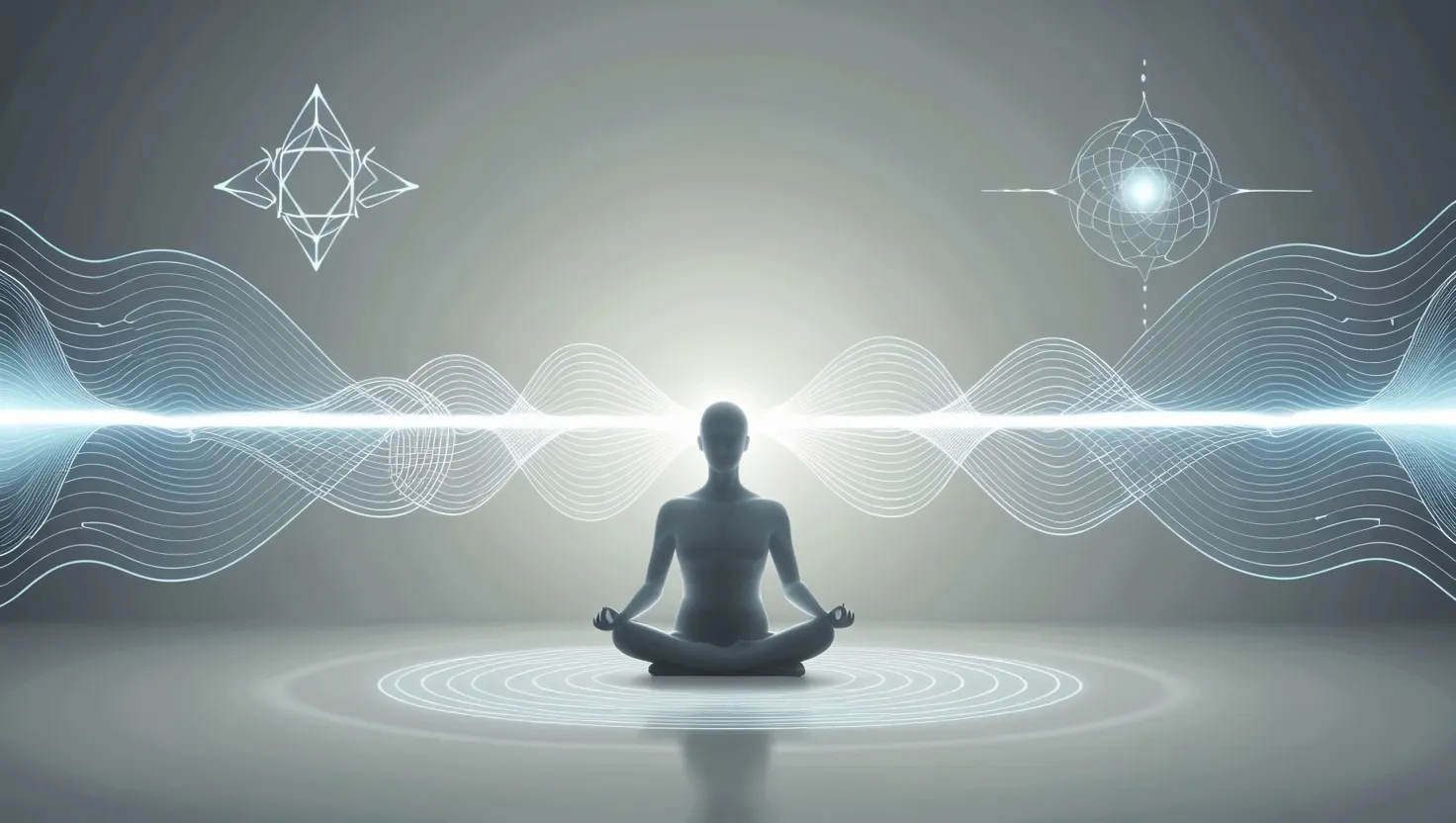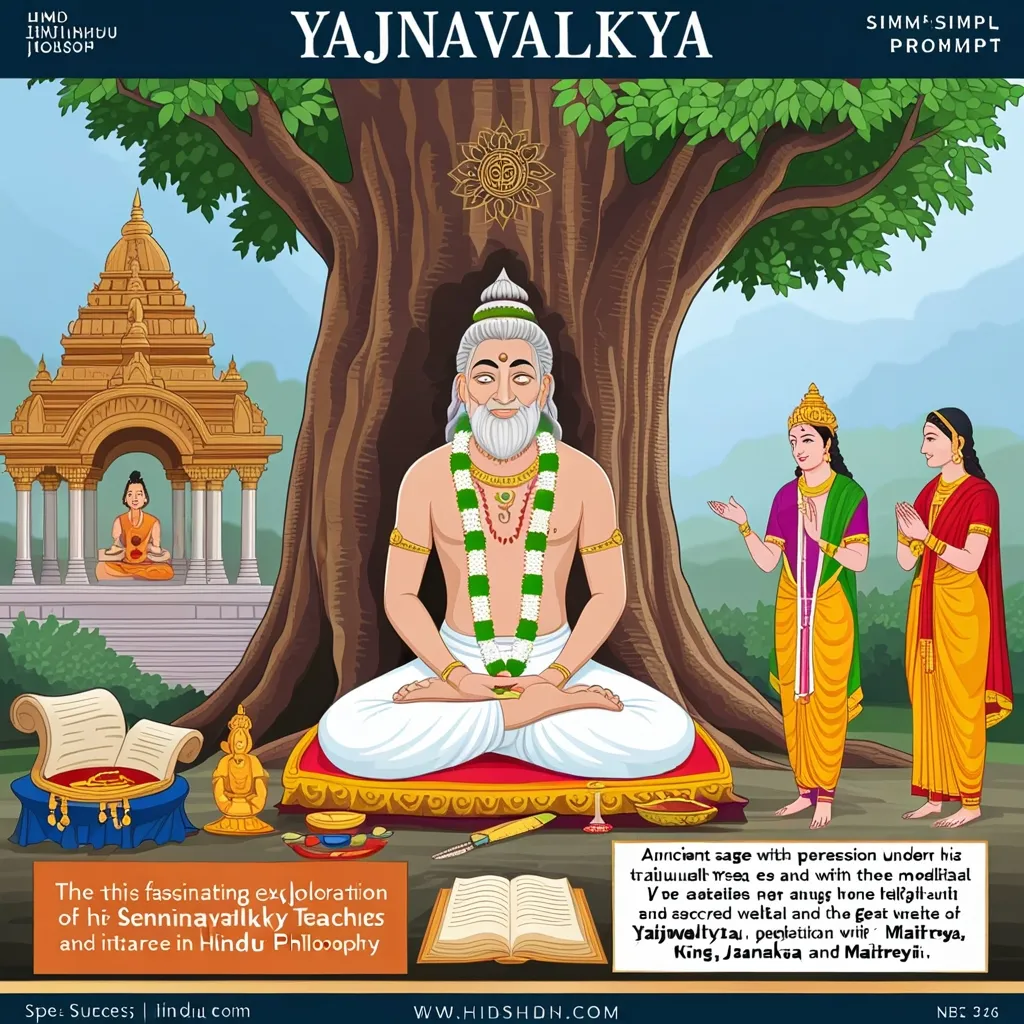If you’ve ever sat in a silent room after a long, rhythmic chant, you might have felt a gentle, pulsing stillness—a sensation that seems to linger in the air, resting on your skin and humming in your bones. That lingering feeling isn’t just a mystical impression; it’s the vestige of vibrations moving through you, shaping your awareness in ways science still races to describe. When I approach the world of Vedic sound science, I’m struck not just by its antiquity, but by its startling precision—a system where every vibration, every syllable, and every silence become instruments in shaping both consciousness and reality.
The Vedas speak unequivocally: sound is not incident, but foundation. Consider this: What if existence itself is a tapestry woven from vibration—from an original cosmic hum that ripples through every atom and thought? The Vedic Rishis called this primal vibration “Nada Brahman.” Modern physics, with its string theory, notes that the smallest building blocks of reality are not particles, but vibrating strings of energy, each tone a universe in miniature. Isn’t it remarkable that millennia ago, sound was not only metaphor but mechanics—a technology for transforming consciousness long before “brainwave entrainment” or “sound therapy” made their way into modern lexicons?
Mantras, those compact formulas of sacred sound, stand at the heart of this tradition. Each one is precise, a recipe of syllables said to unlock distinct energies within the body and environment. Why the fuss over correct pronunciation? Because even the most minute alteration can shift the effect. It’s not superstition, but an empirical approach, honed over generations of meticulous listening and articulation. Chanting a mantra correctly, the Vedic way, directs subtle forces—similar, perhaps, to coding; a single wrong character, and the program fails. Imagine how challenging—and rewarding—it must have been for early practitioners to pass these complex sounds down orally, unbroken, ensuring every accent and intonation survived the passage of centuries.
You may ask: Does it truly matter if a syllable is raised or lowered, lengthened or clipped? According to the science of Shiksha, the phonetic discipline of the Vedas, it matters immensely. Each nuance is said to determine the flow of energy—prana—through the body’s channels. Strict teachers still guard these traditions, sometimes seen as inflexible, yet their guardianship is what shaped a lineage unbroken by distortion. One can listen to a Vedic pundit chant a thousand-year-old hymn and know, with a quiet sense of awe, that the sound you’re hearing is that of ancient India, alive and present.
Let’s pause a moment. Can we hear a world humming into existence? What does the “Om” truly signify? Beyond the familiar “three letters,” Om is a vibrational technology, encapsulating the birth, life, and dissolution of the cosmos. Not just a sound to be repeated, but an experiential key: vibrate with it, and you align with a universal pulse.
“Music is the mediator between the spiritual and the sensual life.”
—Ludwig van Beethoven
Turning from mantra to music, Vedic sound science reveals itself in the very DNA of Indian melodic systems—the ragas. Each raga isn’t merely a scale, but a pattern resonating with aspects of nature—morning, evening, the monsoon, the scorching summer. Imagine living in a world where your daily rhythms are synchronized not only to clock and calendar, but to melodic frameworks mapped onto the cycles of dawn, dusk, and season itself. Ragas interact with us, cuing certain moods and mental states. Modern music therapy reflects these principles, but often overlooks the subtlety with which Vedic traditions assign each scale a time, mood, and cosmological significance.
If you’ve ever wondered why some music “feels” right at sunrise or why certain songs evoke particular emotional responses, look to this ancient logic. The Vedic approach provides a blueprint: seven notes corresponding not merely to physical frequencies, but to the body’s energy centers. The parallels with the chakra system—each note aligning, activating, and harmonizing different internal states—are more than coincidental. They’re encoded into the very structure of the music, making every performance a kind of sonic yoga.
Are you still with me? Let’s delve even deeper. We usually think of sound as something external—a wave in the air we hear with our ears. But Vedic science insists it’s much more intimate. Sound, produced and modulated internally, also tunes the mind. Ancient linguistic traditions debated fiercely about how sound creates meaning. Early Indian grammarians, like Panini, built meticulous systems to trace the relationship between vibration, articulation, and cognition—the idea being that what you say shapes how you think, and that disciplined speech disciplines the mind.
“There is geometry in the humming of the strings, there is music in the spacing of the spheres.”
—Pythagoras
The oral tradition of chanting, which has preserved the Vedas for thousands of years, is itself a marvel. There are sounds in the Vedic language that simply do not exist elsewhere—subtle, nuanced phonemes that slip between the characters of alphabets. These must be heard from a teacher; no written script can truly represent them. How fascinating is it that the most vital knowledge was considered too subtle to inscribe, and therefore, an entire spiritual technology was safeguarded within the vibrations passed directly from teacher to student?
Scientific studies now approach these practices with fresh curiosity. Neuroimaging reveals how Sanskrit chanting influences brainwave patterns, synchronizing and calming the mind. Clinical observations show marked reductions in stress and shifts in heart rate variability when ancient mantras are recited. Could it be that these sages tuned their consciousness at a time when we had no word for biofeedback or neural plasticity?
Let’s not omit the critical role of silence. Sound arises, endures, and dissolves—between each tone is a field of stillness, the “anahata” or unstruck sound praised in yogic lore. Here, silence is not emptiness but potential, the soil from which vibration arises and to which it returns. In my experience, the most transformative moments in Vedic practice occur not just during sound, but in the deliberate, attentive pause afterward. This is where integration happens, where subtle effects ripple and settle—reminding us that silence is as much a part of the symphony as any mantra.
“If you want to find the secrets of the universe, think in terms of energy, frequency, and vibration.”
—Nikola Tesla
How can we weave these principles into daily life? Morning recitations harmonize our internal states with the sunrise; evening chants close the day with a sense of resolution. When the mind stumbles into anxiety or distraction, I’ve found that repeating a grounding mantra—out loud or silently—rapidly shifts attention and stabilizes emotions. And when physical or emotional imbalances arise, traditions offer specific mantras or melodic patterns, inviting us to consider that healing can be vibrational, not just biochemical.
I often ask: Are we truly listening? In a world brimming with noise, the ancient art of attentive listening is a rarity. The Vedic tradition, with its rigorous attention to phonetics and silence alike, teaches a deeper kind of hearing—one where even the gentlest sound carries the weight of creation, and every silence is alive with potential.
To step into Vedic sound science is to join a conversation started in primordial darkness, where sages listened closely for the exact moment when vibration became light, matter, thought, and feeling. Each mantra, each note, can be a stepping stone for us—bridging inner and outer worlds, drawing together the threads of modern science and ancient insight into a practice as practical as it is profound.
What sound, I often wonder, are you carrying within you right now? What would happen if you listened—truly listened—long enough for its frequency to ring clear? Would you find stillness, clarity, or perhaps, the same creative power celebrated by the sages of old? That’s the invitation Vedic sound science extends: to attune, harmonize, and vibrate in tune with the deepest rhythms of existence. The journey begins not with complexity or dogma, but with a simple question, repeated until its resonance is felt in every cell: What do you hear in the silence between sounds?






